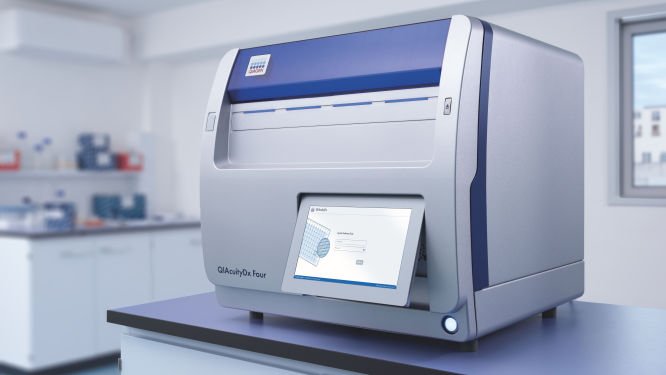
Qiagen N.V. has announced the launch of the QIAcuityDx Digital PCR System, a pivotal addition to its digital PCR portfolio now expanding into clinical diagnostics. The instrument and accessories are 510(k) exempt in the US and IVDR-certified for diagnostic use in Europe.
QIAcuityDx streamlines clinical testing by providing highly precise, absolute quantitation of target DNA and RNA, supporting applications with less invasive liquid biopsies. These capabilities make it an ideal tool for monitoring cancer progression, complementing routine cancer diagnoses, which are typically performed using Next Generation Sequencing (NGS).
Qiagen is rapidly expanding the application menu available on QIAcuityDx-System, with a new BCR::ABL assay for oncohematology planned for US FDA submission in 2025. The platform also provides immediate access to Qiagen’s full portfolio of research-use products and applications via its GeneGlobe platform.
The company has already signed three partnerships with pharmaceutical companies to develop companion diagnostics on the QIAcuityDx, moving digital PCR into precision medicine. In addition, Qiagen plans to further enhance the future assay portfolio by collaborating with third parties, who will develop their own assays for the platform.
The QIAcuityDx platform is an IVD medical device that integrates partitioning, thermocycling, and imaging into a streamlined 5-plex workflow within a single instrument, eliminating the need for additional equipment. Capable of processing up to four nanoplates simultaneously, it reduces lab space requirements, servicing needs, and operator time. Labs familiar with QIAcuity can expect the same easy and fast nanoplate-based workflow, which disperses a sample into thousands of tiny partitions and then reads reactions simultaneously to quantify even the faintest signals from DNA and RNA.
QIAcuityDx’s technology enables higher throughput, allows for imaging of partitions, improves precision and sensitivity, cuts processing times to just two hours, and reduces the risk of cross-contamination – crucial factors for applications like oncology and infectious diseases.




